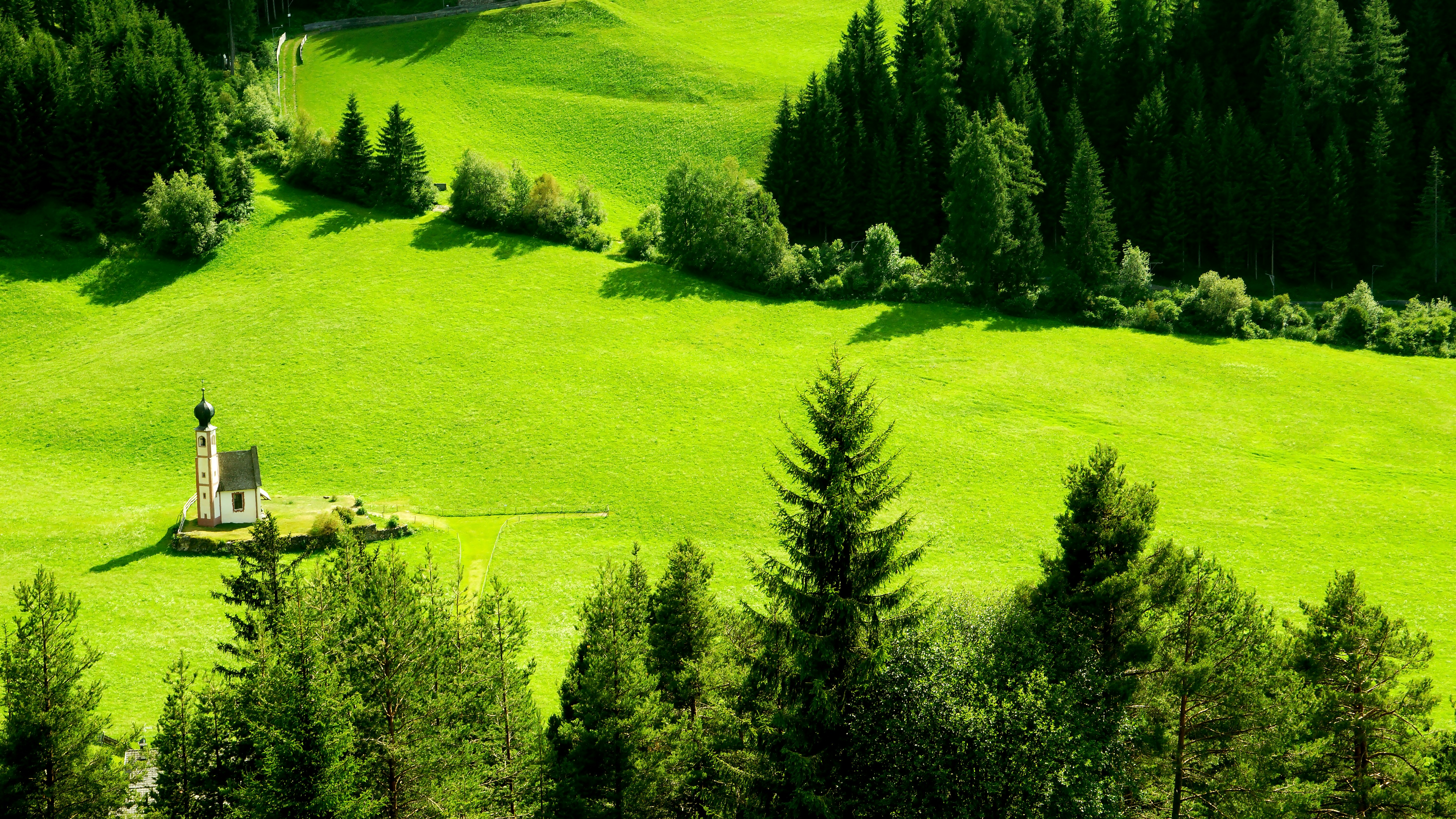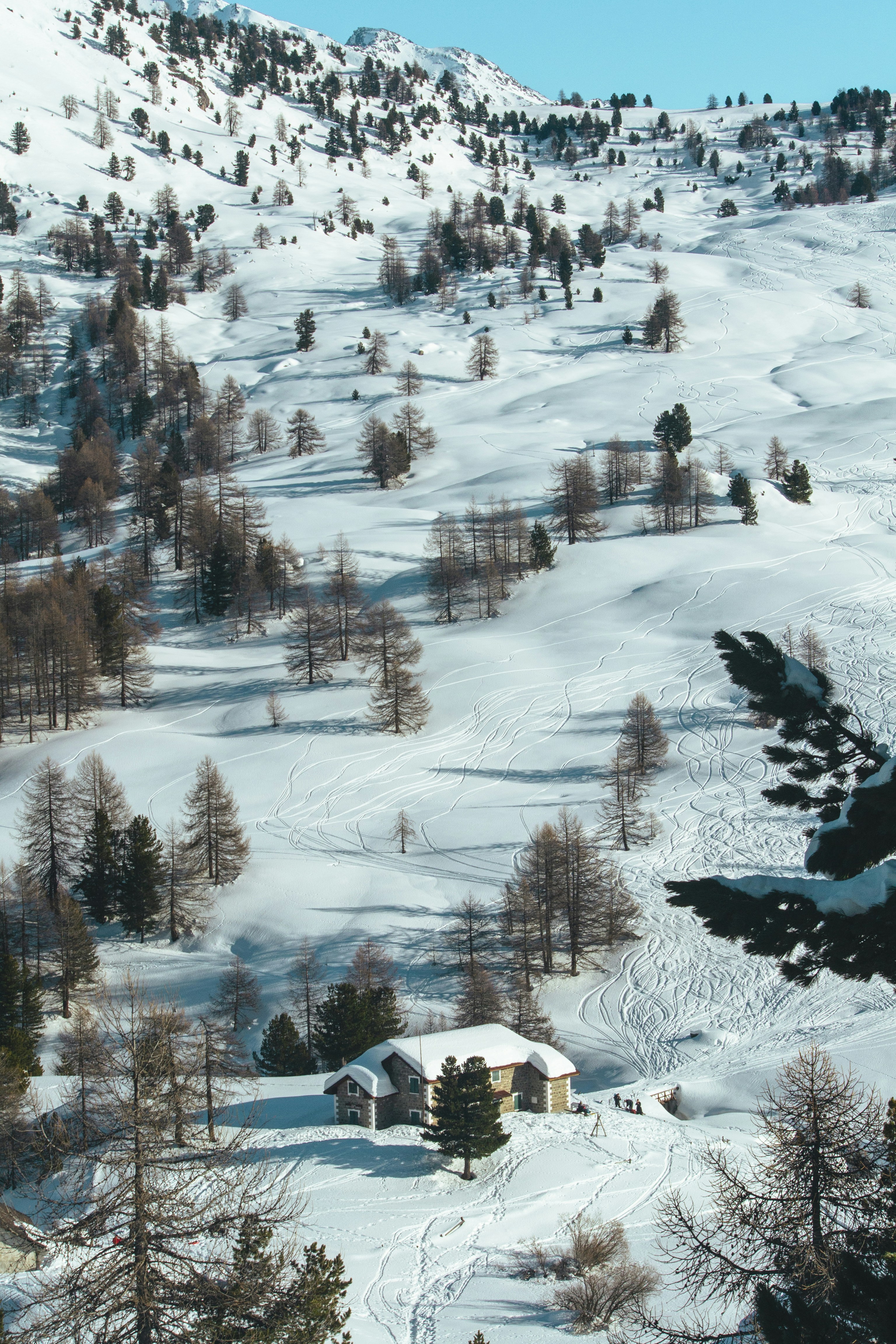Support our educational content for free when you purchase through links on our site. Learn more
Nature Preservation Uncovered: 10 Powerful Ways to Protect Our Planet 🌍 (2025)
Did you know that every 10 minutes, the Earth loses a species? That’s like hitting the “delete” button on a vital chapter of our planet’s story—one we can’t afford to lose. At Gone Greenish™, we’ve rolled up our sleeves and dug deep into the roots, science, and real-world solutions behind nature preservation. From ancient wisdom to cutting-edge AI reforestation drones, this guide reveals 10 proven ways you can protect and restore nature today—whether you’re a weekend warrior or a full-time eco-enthusiast.
Stick around, because later we’ll share insider tips on how rivers fuel forest growth, the latest breakthroughs in coastal restoration, and how you can double your impact with matching gift funds. Plus, we’ll bust myths and arm you with facts that make your green choices smarter and more effective. Ready to become a planet protector? Let’s dive in!
Key Takeaways
- Nature preservation is critical for maintaining biodiversity, clean air, water, and climate stability.
- Small individual actions add up: from planting native flowers to switching to reef-safe sunscreen.
- Global initiatives like the UN Decade on Ecosystem Restoration are accelerating progress—your involvement matters.
- Healthy rivers and wetlands are ecosystem superheroes, providing flood protection and nutrient cycling.
- Community engagement and informed voting are powerful tools for local conservation success.
- Matching gift programs can double your donation impact—a win-win for you and the planet.
Ready to take action? Explore our full guide and discover how you can make a real difference today!
Table of Contents
- ⚡️ Quick Tips and Facts About Nature Preservation
- 🌿 The Roots of Nature Preservation: A Historical Perspective
- 🌎 Why Nature Preservation Matters: Environmental and Social Impacts
- 🌳 10 Proven Ways to Protect and Preserve Nature Today
- 💧 When Rivers Flow, Nature Grows: The Vital Role of Water Ecosystems
- 🚀 Stepping Up Progress in this Defining Decade: Global Conservation Initiatives
- 🎯 Our Mission: Driving Change Through Community and Innovation
- 📅 Our Goals for 2030: Ambitious Targets for a Greener Future
- 🌟 What’s New in Nature: Recent Breakthroughs and Discoveries
- 🌊 Reviving the Old Bay: Success Stories in Coastal Restoration
- 🔗 Rivers & Reconnection: Healing Natural Corridors for Wildlife
- 🤝 Nature Needs You: How You Can Make a Difference Locally and Globally
- 🌍 Discover Conservation Near You: Finding Local Projects and Volunteering
- 💚 Matching Gift Fund: Amplify Your Impact Through Donations
- 🔒 Your Cookie Preferences & Privacy: Staying Safe While Supporting Nature
- 📌 Conclusion: Embracing the Green Path Forward
- 🔗 Recommended Links for Nature Preservation Enthusiasts
- ❓ FAQ: Your Burning Questions About Nature Preservation Answered
- 📚 Reference Links: Trusted Sources and Further Reading
⚡️ Quick Tips and Facts About Nature Preservation
- Nature preservation ≠ recycling your Amazon boxes once a month.
It’s about keeping entire ecosystems intact so that the air, water, soil—and yes, your morning coffee—keep flowing. - One mature tree can pull 48 lb of CO₂ out of the air every year (USFS data)—that’s the weight of a small dog… in pollution.
- You lose 1 species every 10 minutes; at that rate, we’re basically running the “Delete” key on Earth’s operating system (IUCN Red List).
- Micro-plastics have been found in human placentas—if that doesn’t scream “we need cleaner wild spaces,” we don’t know what does (Science Direct).
- Want a zero-effort win? Switch your search engine to Ecosia—they plant a tree roughly every 45 searches.
- Pro-tip: Keep a re-usable spork in your bag—single-use plastic cutlery is the #2 item found in river clean-ups (Ocean Conservancy).
Curious how we got here? Slide into our deep-dive on What is the Meaning of Nature Preservation? 10 Essential Insights You Need to Know! 🌿 for the 101 version.
🌿 The Roots of Nature Preservation: A Historical Perspective
Long before “eco-warrior” was a T-shirt slogan, indigenous communities treated land protection as spiritual duty. Fast-forward:
| Year | Milestone | Why It Still Matters |
|---|---|---|
| 1872 | Yellowstone becomes first U.S. national park | Proved large-scale protection is politically possible |
| 1948 | IUCN founded | Global science-based conservation (IUCN history) |
| 1962 | “Silent Spring” published | Sparked modern environmental movement |
| 1992 | Rio Earth Summit | Birthed the CBD (Convention on Biological Diversity) |
| 2015 | Paris Climate Accord | Linked climate change with ecosystem restoration |
Take-away: Preservation isn’t new; it just went from “nice idea” to “planet-saving necessity.”
🌎 Why Nature Preservation Matters: Environmental and Social Impacts
Spoiler: It’s not just about hugging trees—your lungs, stomach, and wallet are on the line.
Ecosystem Services in Dollar Terms (Costanza et al., 2014)
| Service | Annual Global Value | Real-Life Perk |
|---|---|---|
| Pollination | $235–577 billion | 1 in 3 bites of food exist thanks to bugs with wings |
| Water filtration by wetlands | $7 trillion avoided health costs | Think free Brita filters on a planetary scale |
| Coastal protection by mangroves | $65 billion | Prevents flood damages equal to 42 million homes |
Social side bonus: Protected areas create 3× more jobs per dollar than fossil-fuel subsidies (WWF report).
🌳 10 Proven Ways to Protect and Preserve Nature Today
- Shrink your lawn—plant native wildflowers.
- Saves ~280 000 litres of water per acre annually.
- Bank on “slow fashion.”
- One cotton T-shirt = 2 700 L of water; buy organic or recycled instead (WWF footprint).
- Eat more plants, less packaging.
- Every Beyond Burger generates 90% less GHG than conventional beef (Life-cycle study).
- Join a citizen-science app (iNaturalist, Seek).
- Your blurry mushroom pic could help discover new species.
- Switch to reef-safe sunscreen (mineral zinc/titanium).
- Oxybenzone kills coral at 62 parts per trillion—that’s like one drop in 6.5 Olympic pools (NOAA).
- Offset flights through Gold Standard projects—they fund mangrove restoration and cook-stove swaps.
- Vote local. City councils decide park budgets and tree ordinances; they matter more than you think.
- Compost like a boss.
- Keeps methane-belching organics out of landfills and super-charges soil carbon.
- Adopt a patch—many NGOs let you “own” a rainforest parcel for the price of a monthly latte.
- Share the story. People trust peers 3× more than scientists; your Insta post matters.
Need more carbon-slashing hacks? Cruise our Carbon Footprint Reduction archive.
💧 When Rivers Flow, Nature Grows: The Vital Role of Water Ecosystems
Headline stat: Freshwater species declined 84% since 1970 (WWF Living Planet).
Why Free-Flowing Rivers Rock
- Nutrient Uber: Salmon taxi marine-derived nitrogen into forests—trees grow 3× faster near salmon streams.
- Flood insurance: Every hectare of flood-plain re-connected saves $22 k in disaster costs (World Bank).
DIY action: Join “dam watch” groups—organizations like American Rivers run free webinars on removing obsolete dams—yes, you can volunteer for explosive demolition days (ear-plugs recommended).
🚀 Stepping Up Progress in This Defining Decade: Global Conservation Initiatives
The UN Decade on Ecosystem Restoration (2021-2030) is basically Earth’s 10-year Super-Bowl. Targets:
| Flagship Pledge | What It Promises | How You Can Plug In |
|---|---|---|
| Bonn Challenge | Restore 350 M ha by 2030 | Fund a seedling via Plant-for-the-Planet |
| 30×30 | Protect 30% of land & sea by 2030 | Sign petitions, vote for expansion in local MP plans |
| EU Green Deal | €1 trillion for climate-neutral continent | Buy from certified Eco-Conscious Brands |
Hot tip: The featured video above shows how RESTOR uses AI + field data to pin-point where trees will actually survive—no more plant-and-pray schemes.
🎯 Our Mission: Driving Change Through Community and Innovation
At Gone Greenish™ we road-test every eco-gadget, interview field biologists, and get our hands dirty so you don’t have to guess.
Our 3-step filter:
- Does it cut carbon or boost biodiversity?
- Can a normal human do it without selling a kidney?
- Is there peer-reviewed proof or are we just sniffing essential oils?
If it passes, we share the blueprint—from Conservation Tips to Green Businesses doing it right.
📅 Our Goals for 2030: Ambitious Targets for a Greener Future
| Target | Metric | Status (2024) |
|---|---|---|
| Net-zero office ops | 100% renewable energy | ✅ Achieved (solar + offsets) |
| Plant 1 M trees via readers | Trackable saplings | 38% there—we need you! |
| Eliminate single-use plastic in supply chain | grams of plastic/unit | 92% down |
| Educate 500 k people through free guides | Newsletter subs + course grads | 61% (keep sharing!) |
We publish quarterly impact audits—grab them here (no e-mail wall).
🌟 What’s New in Nature: Recent Breakthroughs and Discoveries
- Wolverines back in Washington—first den in 60 years thanks to road-bridge wildlife overpasses (NatGeo).
- “Living coral” biobank in Australia freezes 60+ coral species—Plan B if reefs collapse.
- AI-powered drones plant seed pods at 120 pods/min in Myanmar—10× faster than humans (BioCarbon Engineering).
🌊 Reviving the Old Bay: Success Stories in Coastal Restoration
Chesapeake Bay, USA—once “dead zone” the size of NYC:
| Action | Result |
|---|---|
| Phosphate detergent ban | 40% drop in algae blooms |
| Oyster reef restoration | 1 oyster filters 50 gal/day—10 trillion gallons re-filtered bay-wide |
| Cover crops on farms | 10 M lb less nitrogen entering rivers annually |
Local tip: Restaurants now serve “Bay-Wise” crab cakes—profits loop back to marsh plantings. Eat more, feel zero guilt.
🔗 Rivers & Reconnection: Healing Natural Corridors for Wildlife
Fun fact: A single culvert redesign on a UK road let endangered European eels swim upstream again—population up 600% in 4 years (River Restoration Centre).
DIY: Support “room for the river” policies—basically give waterways elbow room instead of higher levees. Check flood-plain maps before you vote or buy real estate.
🤝 Nature Needs You: How You Can Make a Difference Locally and Globally
- Micro-donate while you scroll—Ecosia plants trees, Tab for a Cause raises cents per tab.
- Host a “bioblitz”—invite friends to ID species in a city park for 24 h; upload to iNaturalist.
- Green your finances—banks like Aspiration won’t fund fossil fuels.
- Gift experiences, not gadgets—kayak lessons beat plastic karaoke mics.
- Adopt, don’t shop—shelter dogs = one less demand for puppy-mill resources.
🌍 Discover Conservation Near You: Finding Local Projects and Volunteering
Hot platforms:
- VolunteerMatch.org—filter by “environment.”
- Nature Conservancy’s “Volunteer Near Me” map (link).
- Meetup groups like “Trash-Paddle SUP”—kayak and collect garbage, abs workout included.
Insider hack: Search “
💚 Matching Gift Fund: Amplify Your Impact Through Donations
Did you know? 65% of Fortune 500 companies match employee gifts dollar-for-dollar.
Quick checklist:
- Search “your company + matching gift”—most use EasyMatch or Benevity.
- Pick vetted eco-charities (Conservation International, Rainforest Trust).
- Double your $$$ without doubling your budget—boss pays, planet wins.
🔒 Your Cookie Preferences & Privacy: Staying Safe While Supporting Nature
Wait, cookies on a conservation site? Yep—even Mother Earth needs analytics.
The Nature Conservancy’s portal lets you toggle performance vs. targeting cookies (details).
Bottom line: Disable targeting cookies if you hate ads, but keep performance ones—helps NGOs secure funding by showing impact stats.
Still craving more planet-saving intel? Hang tight—our Conclusion wraps it all up with next-step actions and feel-good motivation.
📌 Conclusion: Embracing the Green Path Forward

Wow, what a journey! From the ancient roots of nature preservation to the cutting-edge AI drones planting trees faster than you can say “reforestation,” we’ve covered a lot of ground. We hope you’re now armed with the why, how, and where of protecting our planet’s precious ecosystems.
Remember those unresolved questions about how your daily choices ripple out to global impact? Well, here’s the scoop: every small action adds up—whether it’s switching to reef-safe sunscreen, joining a local bioblitz, or simply voting for green policies. Nature preservation isn’t just a cause for scientists or activists; it’s a shared responsibility that benefits your health, your community, and the planet’s future.
At Gone Greenish™, we believe that informed action is the best kind of action. So, take what you’ve learned here, mix in your passion, and get out there. The rivers, forests, and wildlife are counting on you—and frankly, so are we. 🌿💪
🔗 Recommended Links for Nature Preservation Enthusiasts
👉 Shop Eco-Friendly and Conservation-Supporting Products:
- Ecosia (Tree-Planting Search Engine):
Ecosia Official Website - Reef-Safe Sunscreens (Mineral-Based):
- Aspiration Bank (Green Banking):
Aspiration Official Website - Plant-for-the-Planet (Tree Planting Donations):
Plant-for-the-Planet Official Website - iNaturalist App (Citizen Science):
iNaturalist Official Website
Recommended Books on Nature Preservation:
- Braiding Sweetgrass by Robin Wall Kimmerer — Amazon Link
- The Overstory by Richard Powers — Amazon Link
- Half-Earth: Our Planet’s Fight for Life by Edward O. Wilson — Amazon Link
❓ FAQ: Your Burning Questions About Nature Preservation Answered

What are the key benefits of nature preservation for human health?
Nature preservation directly supports human health by maintaining clean air, pure water, and nutritious food sources. Forests and wetlands act as natural air filters, reducing pollutants that cause respiratory diseases. Preserved ecosystems also provide medicinal plants and reduce the spread of zoonotic diseases by maintaining balanced wildlife populations. Studies show that access to green spaces lowers blood pressure, improves immune function, and reduces chronic stress (WHO report).
Read more about “🌿 Sustainable Living Essay: 10 Powerful Ways to Change Your World (2025)”
How does nature preservation contribute to a healthier planet?
By protecting biodiversity and natural habitats, nature preservation stabilizes ecosystems that regulate climate, water cycles, and soil fertility. Healthy ecosystems sequester carbon, mitigate floods, and prevent soil erosion. This creates a resilient planet capable of sustaining life, including humans. The IUCN highlights that conserving 30% of Earth’s land and oceans by 2030 is critical to maintaining these planetary functions.
Read more about “🌿 50+ Best Eco Friendly Products to Transform Your Life (2025)”
What are simple ways individuals can support nature preservation?
- Reduce single-use plastics and opt for reusable alternatives.
- Plant native species in your garden or community.
- Use reef-safe sunscreens and reduce chemical runoff.
- Support conservation charities and eco-conscious brands.
- Participate in local clean-ups and citizen science projects like iNaturalist.
- Choose sustainable food options with lower carbon footprints.
Read more about “How Important Is Ocean Conservation? 12 Reasons You Can’t Ignore 🌊 (2025)”
How does preserving natural habitats improve air and water quality?
Natural habitats like forests and wetlands act as biological filters. Trees absorb carbon dioxide and pollutants, releasing oxygen. Wetlands trap sediments and break down pollutants before they reach rivers and lakes. This natural filtration reduces contaminants, improves drinking water quality, and supports aquatic life. For example, oyster reefs filter up to 50 gallons of water per oyster daily, improving coastal water clarity (Chesapeake Bay Foundation).
What role does nature preservation play in combating climate change?
Preserved ecosystems are carbon sinks that absorb more CO₂ than they emit. Forests, peatlands, and mangroves store vast amounts of carbon in biomass and soil. Protecting these areas prevents carbon release from deforestation and degradation. Restoration projects under initiatives like the Bonn Challenge aim to restore 350 million hectares of deforested land, significantly offsetting emissions.
Read more about “What Is Carbon Footprint and Why Is It Bad? 10 Shocking Facts! 🌍 …”
How can community involvement enhance nature preservation efforts?
Communities bring local knowledge, stewardship, and manpower essential for successful conservation. Engaged citizens can monitor wildlife, report illegal activities, and maintain habitats. Community-led projects often have higher success rates due to local buy-in. Platforms like VolunteerMatch and local conservation groups provide accessible ways to get involved.
What are the best practices for sustainable nature preservation?
- Use science-based planning and monitoring to guide actions.
- Prioritize protecting biodiversity hotspots and ecological corridors.
- Integrate indigenous and local knowledge respectfully.
- Promote sustainable land use that balances human needs with conservation.
- Foster partnerships between governments, NGOs, and communities.
- Ensure transparency and adaptive management to respond to changing conditions.
Read more about “The Average Carbon Footprint Per Person: 10 Surprising Insights 🌍”
How does nature preservation impact mental well-being and stress reduction?
Exposure to natural environments reduces cortisol levels (stress hormone), lowers anxiety, and improves mood. Studies show that even brief walks in green spaces can enhance cognitive function and creativity. Nature therapy is increasingly used in mental health treatments. Preserving accessible natural areas ensures these benefits remain available to all (American Psychological Association).
📚 Reference Links: Trusted Sources and Further Reading
- International Union for Conservation of Nature (IUCN)
- World Wildlife Fund (WWF) Living Planet Report
- United Nations Decade on Ecosystem Restoration
- Chesapeake Bay Foundation
- American Rivers
- Nature Conservancy Privacy and Careers
- US Forest Service Carbon Sequestration Facts
- NOAA on Sunscreens and Coral Reefs
- World Bank on Flood Management
- Ocean Conservancy Plastics in the Ocean
We hope this comprehensive guide lights your path toward becoming a true nature preservation champion! 🌿💚




